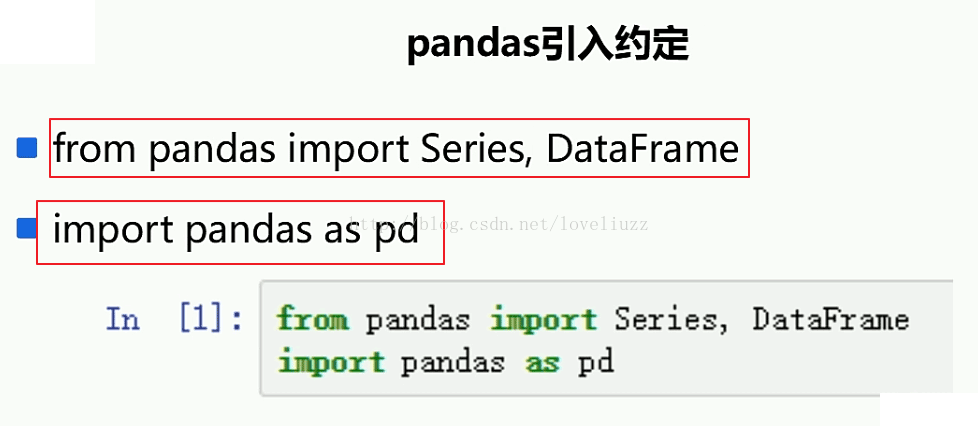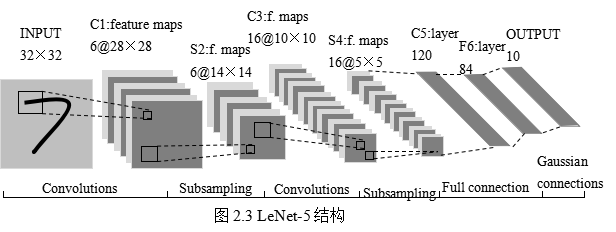flask框架json数据的拿取和返回操作示例
本文实例讲述了flask框架json数据的拿取和返回操作。分享给大家供大家参考,具体如下:
json数据结构:以套票票网站的城市数据为例,拿到数据莫慌,
1 先分析数据结构,有几个大的字段(‘returnCode'和‘retuenValue'字段,只有一个字段作为定义,另一个字段作为保留(无需处理)
2 键表----> 拆分'returnValue‘确定数据库表结构,('A‘[]城市首字母表 和 城市具体信息字段{}表)
3 将拿到的数据拆分插入到数据库中
4 将数据库的数据以JSON 的形式返回给用户
(a)拿到的数据:
}
"returnCode": "0",
"returnValue": {
"A": [
{
"id": 3643,
"parentId": 0,
"regionName": "阿坝",
"cityCode": 513200,
"pinYin": "ABA"
},
{
"id": 3090,
"parentId": 0,
"regionName": "阿克苏",
"cityCode": 652901,
"pinYin": "AKESU"
},
{
"id": 3632,
"parentId": 0,
"regionName": "阿拉善",
"cityCode": 152900,
"pinYin": "ALASHAN"
},
{
"id": 899,
"parentId": 0,
"regionName": "安康",
"cityCode": 610900,
"pinYin": "ANKANG"
},
{
"id": 196,
"parentId": 0,
"regionName": "安庆",
"cityCode": 340800,
"pinYin": "ANQING"
},
{
"id": 758,
"parentId": 0,
"regionName": "鞍山",
"cityCode": 210300,
"pinYin": "ANSHAN"
},
{
"id": 388,
"parentId": 0,
"regionName": "安顺",
"cityCode": 520400,
"pinYin": "ANSHUN"
},
{
"id": 454,
"parentId": 0,
"regionName": "安阳",
"cityCode": 410500,
"pinYin": "ANYANG"
}
],
B....C....D....Z省略其他大写字母开头的城市,以A开头的城市名为例
(b)表结构,建立外键models.py
from App.ext import db #定义城市名大写字母类,在数据的最外层 class Letter(db.Model): id = db.Column(db.Integer,primary_key =True,autoincrement=True) letter = db.Column(db.String(8),unique=True,nullable=False) #定义城市类,嵌套层 class City(db.Model): id = db.Column(db.Integer,primary_key = True,autoincrement = True) parentId = db.Column(db.Integer,nullable = False,defaut=0) regionName = db.Column(db.String(30),nullable = False) cityCode = db.Column(db.Integer) pinYin = db.Column(db.String(128)) #建立外键‘首字母' first_letter = db.Column(db.String(8),db.ForeignKey(Letter.letter))
(c)addcities.py插入数据:
from flask_restful.representations import json
from sqlalchemy.dialects.mysql import pymysql
def add_cities():
#链接数据库
db = pymysql.Connect(host= '10.0.118.135',user = 'root',password ='xxxxxxx',database = 'tpp6666',port = 3306)
cursor = db.cursor()
#读取拿到的数据,遍历数据
with open('citylist.json')as cl:
returnValue = json.load(cl).get('returnValue')
for key in returnValue:
for city in returnValue.get(key):
db.begin()
#插入数据,以每一个大写字母为一个字段插入,以字典的形式
cursor.execute(
'insert into city(id,parentId,regionName,cityCode,pinYin,first_letter) values({},{},"{}",{},"{}","{}");'.format(
city['id'], city['parentId'], city['regionName'], city['cityCode'], city['pinYin'], key))
db.commit()
if __name__ == '__main__':
add_cities()
(d)CityAPI.py读取数据并以JSON的形式返回 :
from flask_restful import Resource, fields, marshal_with
from App.models import Letter, City
#字段的格式化:
city_fields = {
'id': fields.Integer,
'父编号': fields.Integer(attribute='parentId'),#起别名attribute
'名称': fields.String(attribute='regionName'),
'拼音': fields.String(attribute='pinYin'),
'城市编码': fields.Integer(attribute='cityCode'),
'首字母': fields.String(attribute='first_letter')
}
value_fields = {
'A': fields.List(fields.Nested(city_fields)),
'B': fields.List(fields.Nested(city_fields)),
'C': fields.List(fields.Nested(city_fields)),
'D': fields.List(fields.Nested(city_fields)),
'E': fields.List(fields.Nested(city_fields)),
'F': fields.List(fields.Nested(city_fields)),
'G': fields.List(fields.Nested(city_fields)),
'H': fields.List(fields.Nested(city_fields)),
'J': fields.List(fields.Nested(city_fields)),
'K': fields.List(fields.Nested(city_fields)),
'L': fields.List(fields.Nested(city_fields)),
'M': fields.List(fields.Nested(city_fields)),
'N': fields.List(fields.Nested(city_fields)),
'P': fields.List(fields.Nested(city_fields)),
'Q': fields.List(fields.Nested(city_fields)),
'R': fields.List(fields.Nested(city_fields)),
'S': fields.List(fields.Nested(city_fields)),
'T': fields.List(fields.Nested(city_fields)),
'W': fields.List(fields.Nested(city_fields)),
'X': fields.List(fields.Nested(city_fields)),
'Y': fields.List(fields.Nested(city_fields)),
'Z': fields.List(fields.Nested(city_fields)),
}
result_fields = {
'returnCode': fields.Integer,
'returnValue': fields.Nested(value_fields)
}
#整体逻辑定义都在这里:
@marshal_with是flask内置的Json序列化的方法,
在Django里json序列化是json.dumps()
class CityResrouce(Resource):
@marshal_with(result_fields)
def get(self):
#定义外层字段为空字典{},存放数据
returnValue = {}
# 拿到所有的首字母
letters = Letter.query.all()
for letter in letters:
# 根据首字母拿到每个首字母对应的所有城市
# filter拿到的结果是一个BaseQuery对象。
# 如果直接答应BaseQuery对象,它会输出SQL语句
# 如果想要打印BaseQuery里的所有数据,调用all()方法可以拿到BaseQuery里的所有数据
cities = City.query.filter(City.first_letter == letter.letter)
# dict = {letter.letter: cities}
# print(dict)
returnValue[letter.letter] = cities.all()
return {'returnCode': 0, 'returnValue': returnValue}
(d)api__init__.py:
from flask_restful import Api from App.Apis.CityAPI import CityResrouce from App.Apis.UserAPI import UerResource api = Api() def init_api(app): api.init_app(app=app) api.add_resource(CityResrouce, '/cities/')
希望本文所述对大家基于flask框架的Python程序设计有所帮助。


